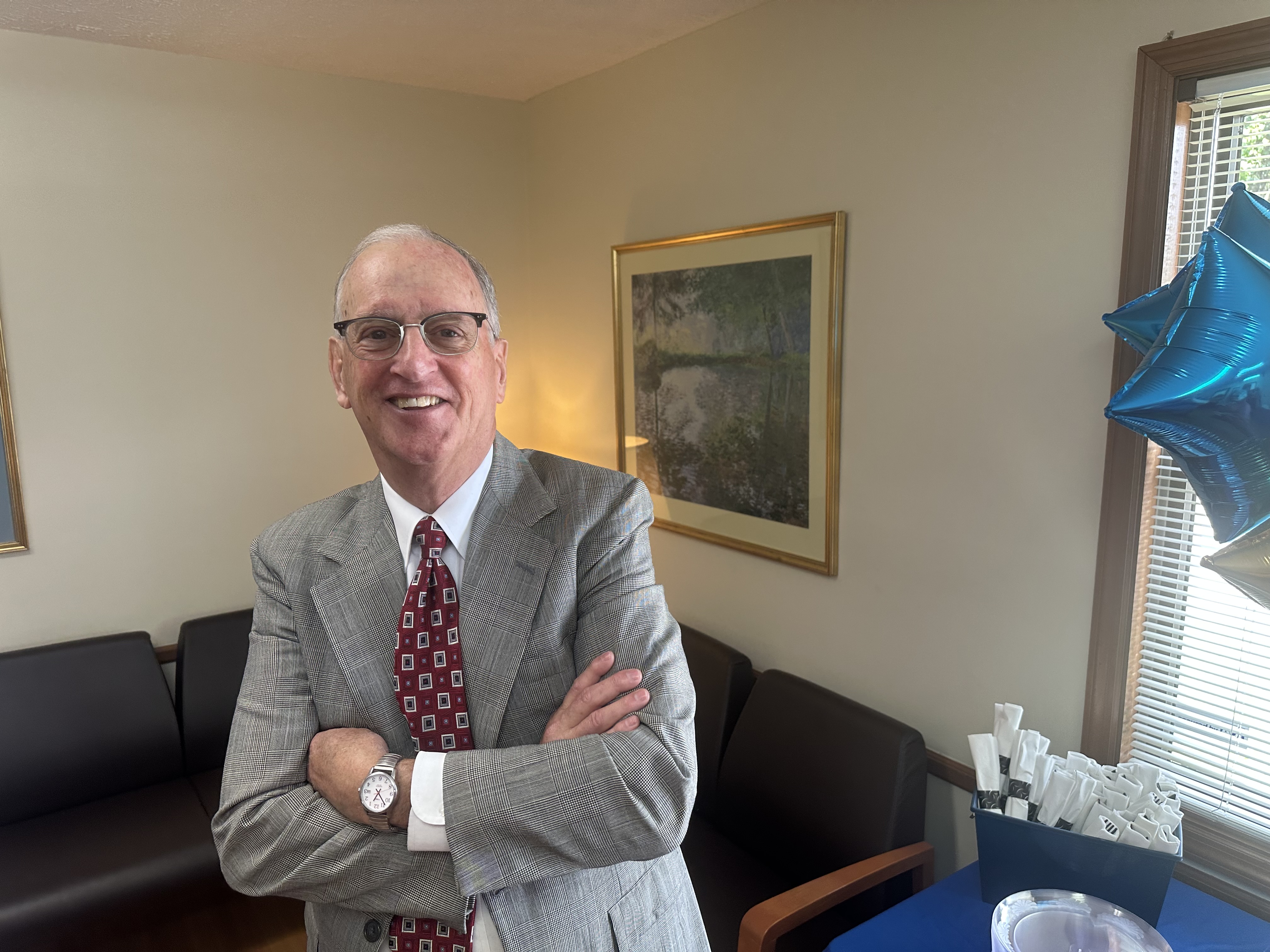Romero’s dead will always live
Published 9:00 am Friday, July 28, 2017
By Rick Baldwin
Greetings, my undead cinephiles of Winchester!
This week’s column will serve more as a brief memorial to filmmaker George A. Romero than the typical analysis you may have become used to from this column.
Today finds this scribe writing feverishly to meet my deadline, my word count and still express genuine words of endearment toward a man I have admired since I was a kid.
I was eight years old when I first saw “Night of the Living Dead” (1968) on Channel 57 in Philadelphia.
I have always been a fan of old movies, especially horror, and “Night” grabbed my attention from the start.
The premise and almost documentary-style imagery of the recently deceased returning to life to invade a small Pennsylvania farmhouse in search of flesh from their barricaded victims — it stuck with me.
Even 30 years later, I still watch this flick once or twice a year. Heck, my eight-year-old cinema sidekick and son, Alex Baldwin, helped me screen “Night” for the Winchester-Clark County Film Society’s first event last Halloween.
Romero was only 28 when he created this classic film. Resourceful, honest and ingenious would become the calling card for Romero’s trade-craft.
Night’s scariest elements were not the flesh-eating zombies, but the failure for humans to work together as a cohesive unit in a time of crisis. Humans and their penchant for showing their inner darkness has always been more terrifying than any monster that could be created.
Romero’s next topical zombie film, “Dawn of the Dead” (1977), saw the undead and their living targets spending a majority of the movie, living and dying by the epidemic of an undead plague and commercialism within a shopping mall.
In “Day of the Dead” (1985), Romero’s zombies were just set dressings behind the outspoken message and skeptical dissection of the heavy defense infrastructure of the Reagan administration.
“Land of the Dead” (2005), was more of a sociological examination of the U.S. post 9/11 and its growing fears between the socioeconomic classes.
“Diary of the Dead” (2007) captured the growing obsession and addiction with social media and the need to constantly trend, post, and tweet … with zombies attacking.
Romero’s films would go on to inspire fans, remakes, spoofs and pop culture homages even to this day. This body of work would go on to inspire Cynthiana’s Robert Kirkman and his popular “The Walking Dead” universe.
Romero has been lauded by his peers and fans as being a master of his craft and a true visionary by Hollywood.
The latter is funny in the fact that Hollywood may have loved Romero, but Romero did not love the Hollywood system.
Romero was a true independent filmmaker who was a gentleman rebel and filmed his movies by his own rules.
Romero’s passing doesn’t sadden me as death is a fact of life. From what I take, he had a long, interesting and good life. I will always be a fan of Romero’s body of work, and I thank him for entertaining me and teaching me about the human condition all these years.
He wasn’t just showing us his films, he was showing us ourselves on the screen — and we can be very scary at times.
Have a FILMtastic day!
Rick Baldwin is a writer, filmmaker and film/music historian. He is president of the Winchester-Clark County Film Society (facebook.com/WCCfilmsociety). Find more from Rick on Facebook at facebook.com/ricksrhetoric/ and online at theintestinalfortitude.com/category/reviews-editorials/ricks-rhetoric. He is on Twitter @rickbaldwin79 and can be reached by email at rickbaldwiniii@hotmail.com.





